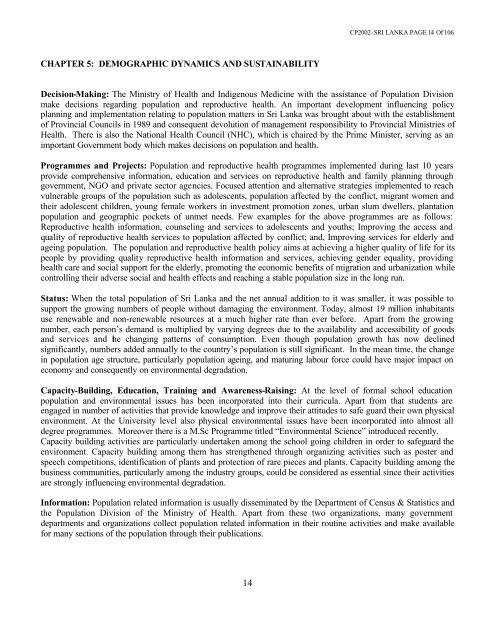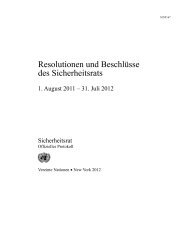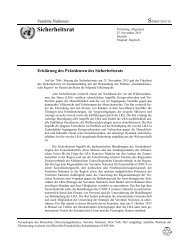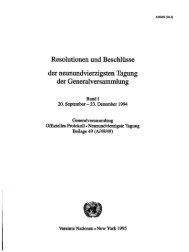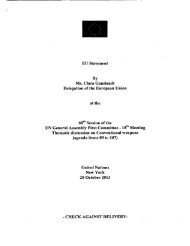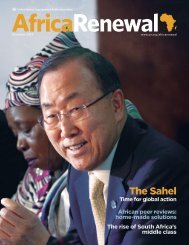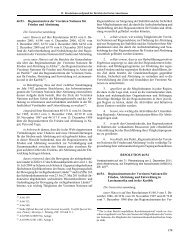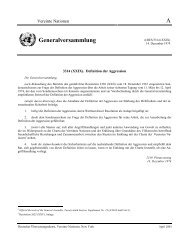SRI LANKA COUNTRY PROFILE
SRI LANKA COUNTRY PROFILE
SRI LANKA COUNTRY PROFILE
Create successful ePaper yourself
Turn your PDF publications into a flip-book with our unique Google optimized e-Paper software.
CHAPTER 5: DEMOGRAPHIC DYNAMICS AND SUSTAINABILITY<br />
14<br />
CP2002-<strong>SRI</strong> <strong>LANKA</strong> PAGE 14 Of 106<br />
Decision-Making: The Ministry of Health and Indigenous Medicine with the assistance of Population Division<br />
make decisions regarding population and reproductive health. An important development influencing policy<br />
planning and implementation relating to population matters in Sri Lanka was brought about with the establishment<br />
of Provincial Councils in 1989 and consequent devolution of management responsibility to Provincial Ministries of<br />
Health. There is also the National Health Council (NHC), which is chaired by the Prime Minister, serving as an<br />
important Government body which makes decisions on population and health.<br />
Programmes and Projects: Population and reproductive health programmes implemented during last 10 years<br />
provide comprehensive information, education and services on reproductive health and family planning through<br />
government, NGO and private sector agencies. Focused attention and alternative strategies implemented to reach<br />
vulnerable groups of the population such as adolescents, population affected by the conflict, migrant women and<br />
their adolescent children, young female workers in investment promotion zones, urban slum dwellers, plantation<br />
population and geographic pockets of unmet needs. Few examples for the above programmes are as follows:<br />
Reproductive health information, counseling and services to adolescents and youths; Improving the access and<br />
quality of reproductive health services to population affected by conflict; and, Improving services for elderly and<br />
ageing population. The population and reproductive health policy aims at achieving a higher quality of life for its<br />
people by providing quality reproductive health information and services, achieving gender equality, providing<br />
health care and social support for the elderly, promoting the economic benefits of migration and urbanization while<br />
controlling their adverse social and health effects and reaching a stable population size in the long run.<br />
Status: When the total population of Sri Lanka and the net annual addition to it was smaller, it was possible to<br />
support the growing numbers of people without damaging the environment. Today, almost 19 million inhabitants<br />
use renewable and non-renewable resources at a much higher rate than ever before. Apart from the growing<br />
number, each person’s demand is multiplied by varying degrees due to the availability and accessibility of goods<br />
and services and the changing patterns of consumption. Even though population growth has now declined<br />
significantly, numbers added annually to the country’s population is still significant. In the mean time, the change<br />
in population age structure, particularly population ageing, and maturing labour force could have major impact on<br />
economy and consequently on environmental degradation.<br />
Capacity-Building, Education, Training and Awareness-Raising: At the level of formal school education<br />
population and environmental issues has been incorporated into their curricula. Apart from that students are<br />
engaged in number of activities that provide knowledge and improve their attitudes to safe guard their own physical<br />
environment. At the University level also physical environmental issues have been incorporated into almost all<br />
degree programmes. Moreover there is a M.Sc Programme titled “Environmental Science” introduced recently.<br />
Capacity building activities are particularly undertaken among the school going children in order to safeguard the<br />
environment. Capacity building among them has strengthened through organizing activities such as poster and<br />
speech competitions, identification of plants and protection of rare pieces and plants. Capacity building among the<br />
business communities, particularly among the industry groups, could be considered as essential since their activities<br />
are strongly influencing environmental degradation.<br />
Information: Population related information is usually disseminated by the Department of Census & Statistics and<br />
the Population Division of the Ministry of Health. Apart from these two organizations, many government<br />
departments and organizations collect population related information in their routine activities and make available<br />
for many sections of the population through their publications.


